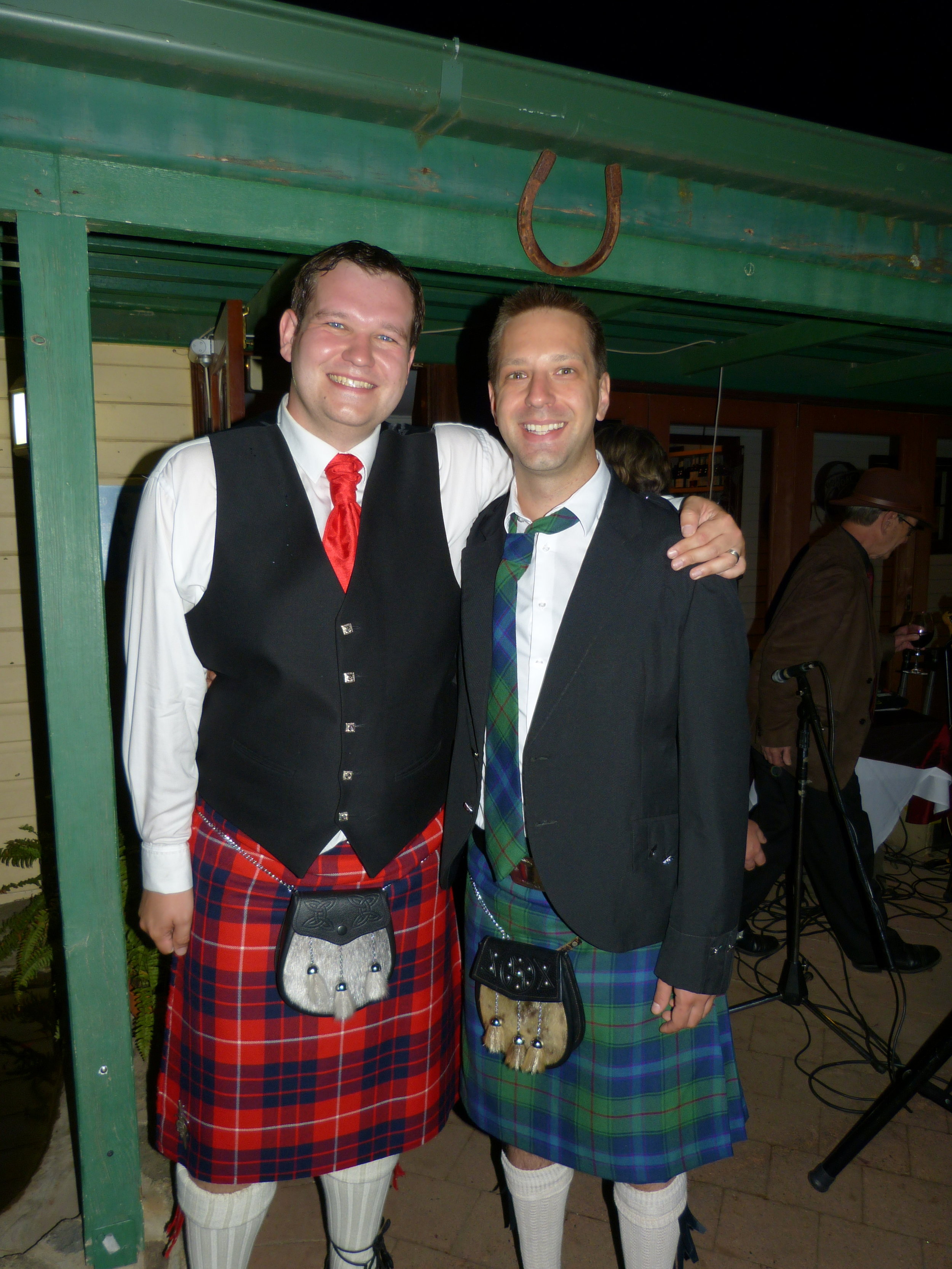I thought I’d write a quick note to say that I’m currently accepting review requests for peer-review, since my requests seem to have slowed down recently. If you’re an author submitting a manuscript and think I’m qualified to review your paper (here are my publications) feel free to put me down as a suggested reviewer. Editors, feel free to get in touch as well if you need reviewers.
My one point of caution is that I require a review consultancy fee from for-profit publishers for most reviews. I’m happy to waive this fee in cases where the journal sponsors a professional society, for example for Animal Behaviour, which sponsors the Animal Behaviour Society. I also waive the fee in cases where the authors are from places underrepresented in research and the publisher is also waiving their fees and paywalls.
I always review for free for non-profit publishers and publishers owned by non-profits.



























